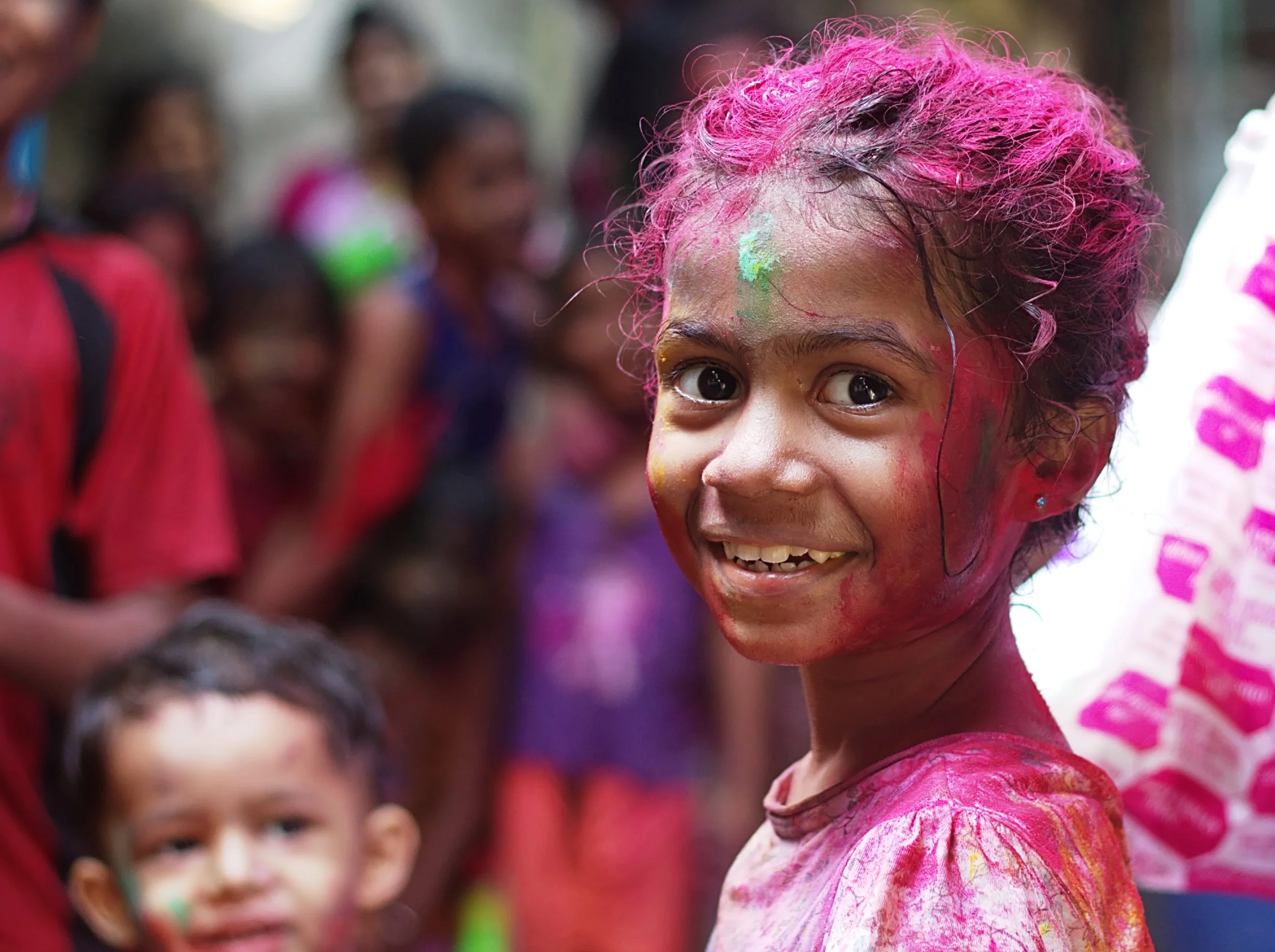Three months ago, the COVID pandemic sent most of the world into lockdown. While many countries are opening businesses to reinvigorate the economy, this school year has come to an early end. But while we at C2C continue to follow the guidelines of social distancing, our concern is for the health and safety of our young girls in India and finding ways for them to forge ahead in their education while remaining vigilant against this pandemic.
In India, the lockdown has been called one of the harshest in the world, shutting down travel along with businesses, factories, and schools. Starting on March 25th, the orphanage and rescue homes where C2C operates have remained closed until early June. Most of the young women in our program remain onsite and C2C continues to provide critical support for basic necessities like accommodation, food, and clothing. As an economic downturn looms over the horizon, we are working closely with our partners as we expect to see a growing need for essential items.
With school closed during the pandemic, the C2C staff have improvised effective short-term solutions. We are working with the orphanage administrators to mitigate the effects of missed learning on the girls’ future academic performance, graduation rates, and employment prospects. Because of unreliable internet service, virtual learning is not consistently effective in India. In lieu of this, we are engaging the girls in independent learning through worksheets and activities accessible without technology, including some lessons that can be conducted via free telephonic service. Some technological learning has been made available through apps and programs like Mindspark-Maths for STEM subjects and Bolo for English and language skills. We continue regular, virtual trainings for our teachers and we are actively designing lesson plans for the coming year, focusing on any educational gaps caused by the pause in schooling.
Like the rest of us, the girls are doing their best to cope with the quarantine measures and relieve their anxiety over the risk of contracting the disease. From attending seminars about effective handwashing to practicing social distancing, the students have learned how to reduce the chances of contagion. Some of the girls with sewing skills have donated their time to making protective masks for the local hospitals.
These are challenging times that represent an unprecedented risk for girls’ education worldwide. At C2C, our commitment to girls’ education and empowerment remains strong. We will weather this health and economic crisis. We hope you will continue to support us during this difficult time. Rest assured that once this quarantine lifts, C2C will be ready to resume at full speed, providing holistic educational services to the most vulnerable of girls.












